By: Faith Phillips
Collaborations in the fashion industry have highlighted the monumental impact streetwear has had on the fashion landscape. Stussy just released a collaboration with fellow streetwear brand Born X Raised, BAPE and Anti Social Social Club created limited collections for the recently released movie Gran Turismo and Nike also recently collaborated with streetwear brand AMBUSH. It seems that there is no escape to these brands birthed out of counterculture. While many people argue luxury fashion is more popular, it’s important to know the history of streetwear fashion and how massively it has shaped the industry before dismissing its credibility.
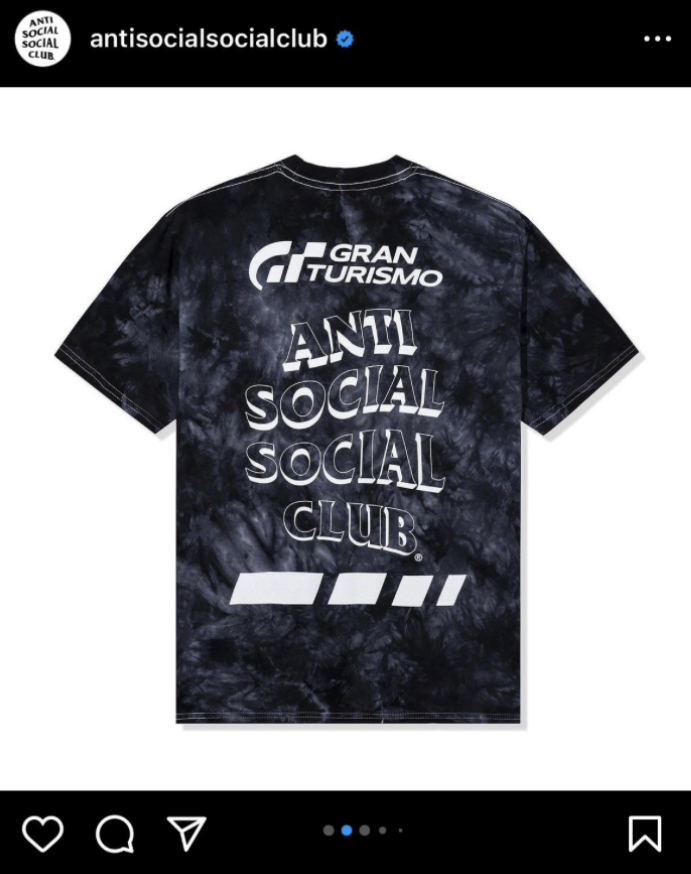
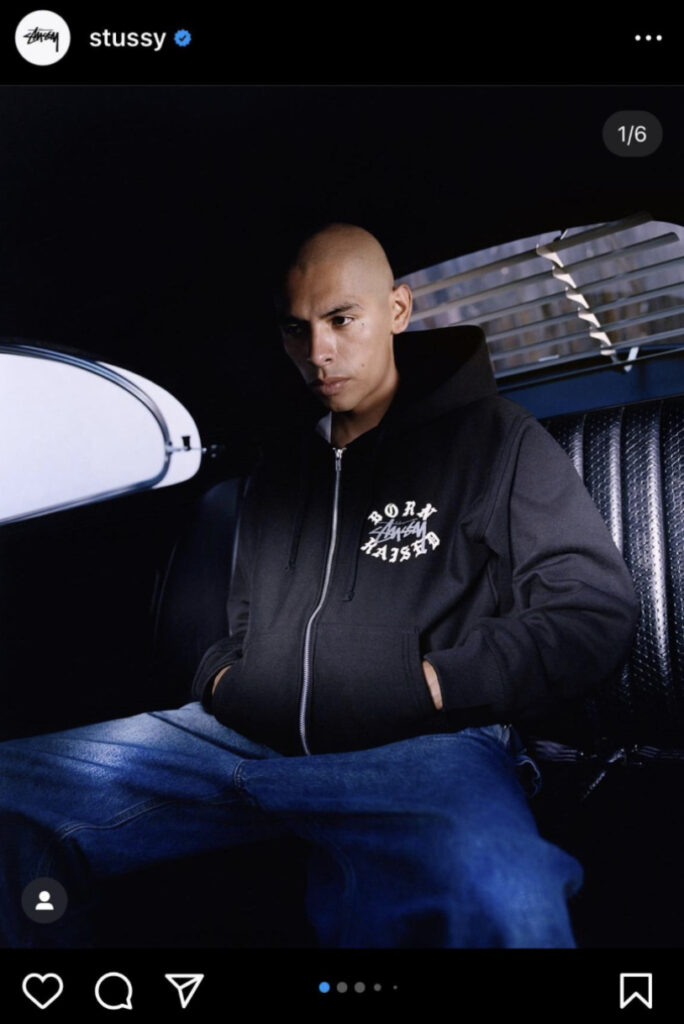
Any fashion fanatic will tell you streetwear originated in two places: the skate and surf culture in LA and NYC, and the underground nightlife scene of Japan. Skate and surf culture became very popular in the 70s and into the 80s due to movies such as “Skateboard Madness” and the launch of the Association of Surfing Professionals. These two subcultures were seen as rebellious and haven for the “outsiders” and began to intersect during this time. In the West, Shawn Stussy, founder of his eponymous label, was involved in the skate and surf culture of LA. He started out selling surfboards and then moved into t-shirts, and in 1984, Stussy as we know it today launched. In 1994, James Jebbia started Supreme in Soho after working with Stussy and noticing the skating and graffiti culture spreading in NYC. Even before Jebbia’s time, icon Dapper Dan, who was a designer in Harlem selling customized branded jackets to athletes and rappers in the early 80s, set the foundation for logomania to create an exclusive community of consumers. Across the world in Tokyo, Hiroshi Fujiwara was a DJ known for bringing hip-hop to Japan and went on to create numerous clothing brands and mentor future streetwear stars such as Jun Takahashi, creator of Undercover. Nigo, another mentee of Hiroshi, combined his love for black hip-hop culture with American media and toy collectibles to create BAPE in 1993. These subcultures began taking note of each other and streetwear very quickly became an international phenomenon.
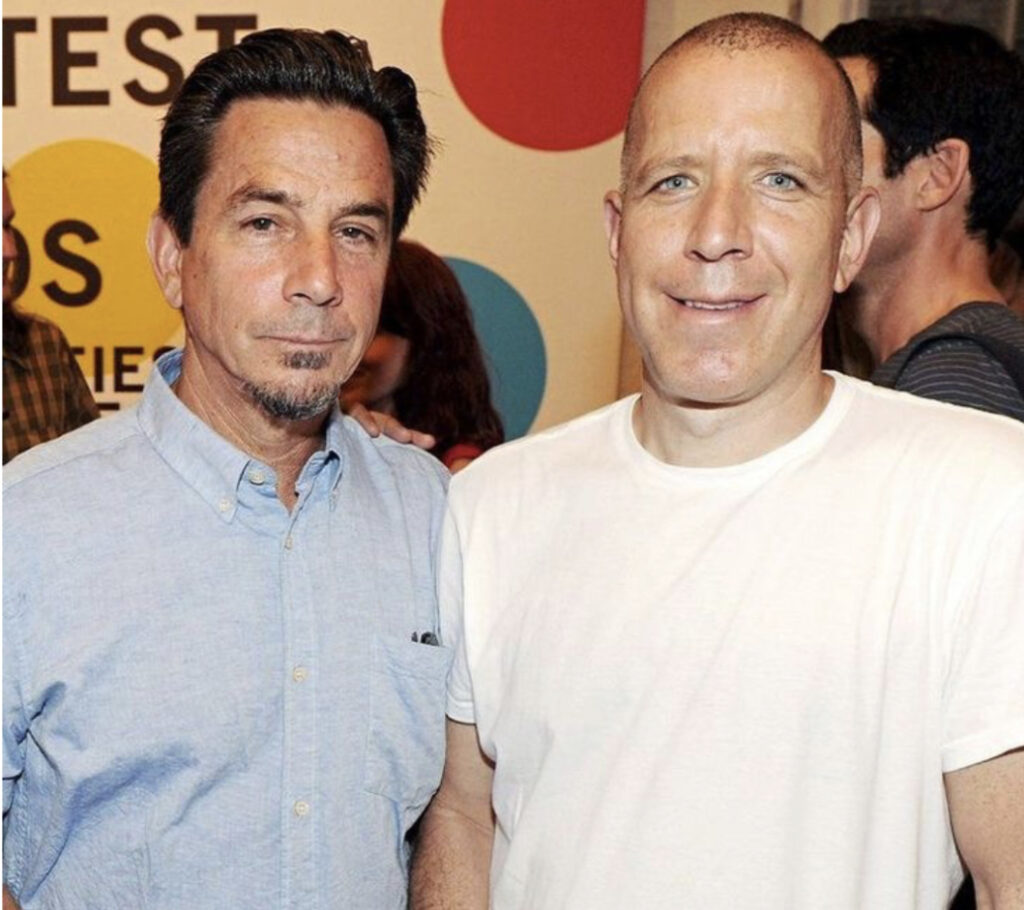
Limited edition drops immediately created a cult-like relationship with consumers because brands knew they could leverage scarcity to create high demand. Now, it’s not common for people to line up hours before a highly anticipated drop and those who aren’t lucky enough to get their hands on the newest pair of sneakers or hoodie immediately run to StockX and are willing to spend even more on the limited edition items. Within the streetwear industry today, many of the most popular brands are the older players such as Supreme, Stussy, BAPE & Carhartt WIP but newer brands have also captured their own passionate followings including Palace, KITH, Off-White founded by Virgil Abloh and Vetements by Demna Gvasalia. Nike and Adidas have also solidified their names in the streetwear space through their numerous collaborations with many of the aforementioned brands.
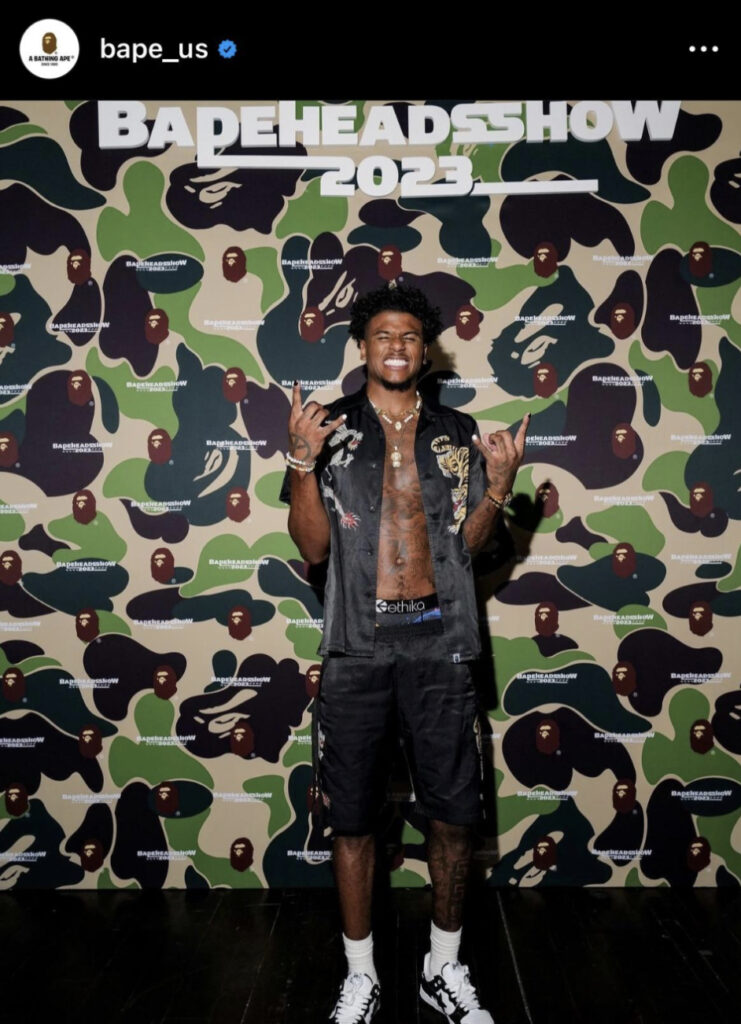
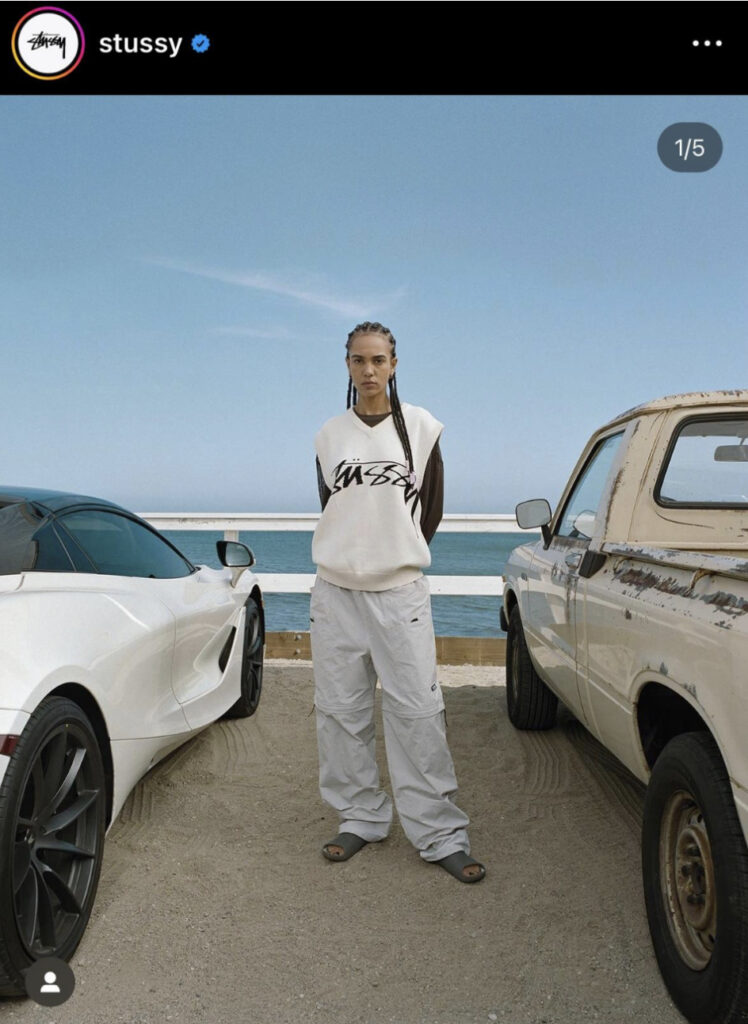
When it comes to streetwear’s popularity compared to luxury, it’s important to note that streetwear appeals to a different consumer. Streetwear banks on cultural capital being the most important “currency”, so to speak, so if you’re not an avid member of the community, you’re left in the dark. There’s an unspoken requirement of knowledge of pop culture, specifically black culture, hip hop and skate culture and unlike someone who gets the latest Longchamp bag or Loewe tank to keep up with the ever-quickening trend cycle, streetwear is one place where you can’t fake it till you make it. It’s almost like members within the subculture can sniff out the fakes- just because you’re wearing the right clothes doesn’t automatically mean you’re accepted. However, once you’re “in”, there’s a community waiting to welcome you and support your personal expression with clothing that is both stylish and comfortable. The lower price entry of streetwear brands and trends such as deconstructed pieces, extremely oversized clothing and elevated basics have further popularized the style. Streetwear brands are also loud and intentional in their social and political activism, a trait which many luxury brands can’t speak to. The marriage between fashion, skating, music and beyond pulls people from so many different walks of life and establishes common ground. People rally around streetwear brands with passion nearly unrivaled to luxury brands which inspires more young creatives to pursue their dreams within the industry. Streetwear is a rapidly growing community filled with fiery members who question the status quo in an industry overrun by mass production and unoriginality so it’s easy to see why it might soon surpass the popularity of luxury.
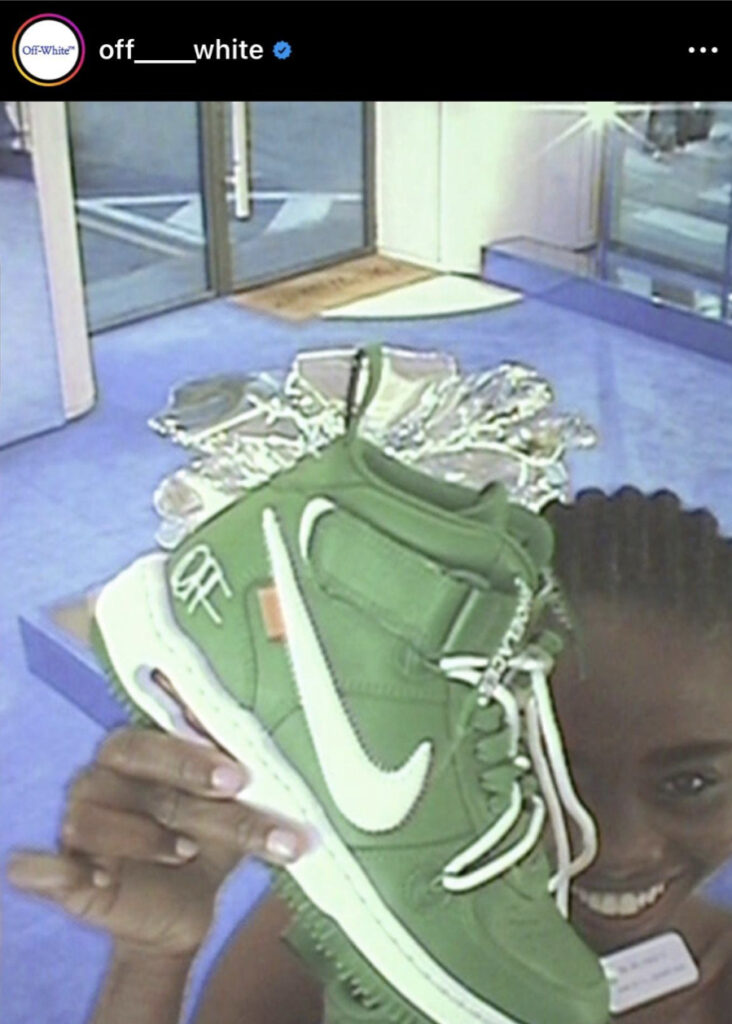

Streetwear began out of counterculture and has since blossomed into a robust market in the fashion industry with its own history, character and ever-growing cult following. It’s easy to argue for either side, luxury or streetwear, in who wins the popularity battle but the reality is, the two are inextricably linked. With streetwear now an established facet of the industry, it will be even more interesting to see if its popularization leads to a new subculture emerging and the possibility that holds.
